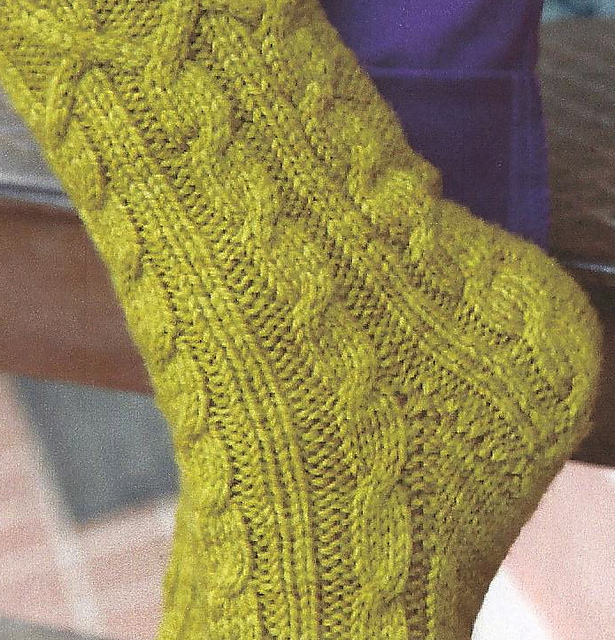Rachel Coopey creates the most amazing socks. And’s she’s rather prolific too. She’s also the creator of the Bockleton Socks, which feature distinctive color-work around the ankle. She’s stopped by to answer some questions today about her design process, plus some silly questions I threw in.
How did you come up with the colorwork and stitch pattern?
Where there difficulties you encountered as you worked on the pattern?
 It’s important to make sure your stranded knitting isn’t too tight, it won’t have as much stretch as stockinette stitch and it need to be able to go over the heel when you put the socks on. Some knitters use a larger needle for colourwork and a smaller needle for the non-colourwork sections in order to get the same gauge on the different sections.
It’s important to make sure your stranded knitting isn’t too tight, it won’t have as much stretch as stockinette stitch and it need to be able to go over the heel when you put the socks on. Some knitters use a larger needle for colourwork and a smaller needle for the non-colourwork sections in order to get the same gauge on the different sections. How do you come up for names for your pattern?
What is inspiring you right now? Do you have pictures, patterns or motifs?
Quick, your some yarn! What are you? Why?
 Sock yarn of course! Something with a bit of nylon because I work hard(!) and maybe a bit of cashmere because I’m soft and fluffy!
Sock yarn of course! Something with a bit of nylon because I work hard(!) and maybe a bit of cashmere because I’m soft and fluffy!This is part of an ongoing series of interviews with Sockupied Designers. You can trackback to other interviews at:















